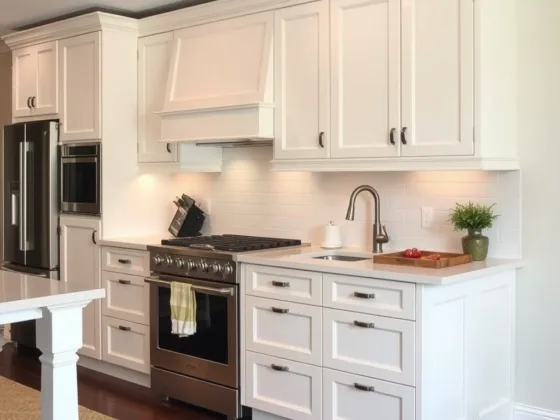Table of Contents Show
The remodel of your home is a big undertaking. There are many details to consider when doing so. One such question is whether to start with roofing or siding.
Certain roofing companies might have different reasoning for approaching what to install first. In which case, you should consider a few factors regarding these installations before understanding why one is better to do first.

What is Siding?
Everyone knows what roofing is. It’s quite straightforward. However, many might not know what siding is. Ironically enough, siding is a common feature in most homes. Siding is the material covering the external walls of your home.
Their primary purpose is for protection in your home. How does siding protect your home exactly? It helps defend your house from extreme weather conditions. However, most importantly, siding is meant to prevent water penetration. Furthermore, it’s been said to shield against wind, which can help regarding energy and costs.
Read Also:
Which One Goes First?
There is certainly contention about whether to work on roofing or siding first. Yet, for the most part, it seems working on roofing first is the best way to go. Yet, you might be asking yourself why that’s the case.
The baseline reasoning for working on roofing first over siding equates to the amount of work and possible damages. Regarding contract work, the more work, the more money you may have to spend on labor costs.
In which case, keep in mind certain roofing components like flashings meant to integrate with your roof and siding. If you do sidings done first in this case, you will end up creating double the work for your contractors. By doing so, you’re having them work harder and not smarter, ultimately costing you more money.
Another good reason why roofing first is best is that it minimizes the chances of damage to your new siding. Since roof removal is a hefty task, you don’t want the siding to get damaged during that process.
If siding it were first, you would create damage and more work since contractors would need to exercise extreme caution. By roofing first, you can ensure that your siding will be in perfect condition and your gutters once your home project is complete.
Are There Certain Exceptions?
For the most part, you can expect roofing companies to go about doing roofing first, then siding. However, there are instances where it’s better to go about siding than roofing.
For example, if you find that some siding parts need to be nailed down under the roof shingle. In this scenario, it would be more practical to do siding first and then roofing afterward.
Ironically enough, it parallels the case for roofing first regarding damages since the contractor would need to be incredibly careful not to damage the new roof.
Is it Possible to Do Both Simultaneously?
It’s not out of the question to be able to do roofing and siding simultaneously. But, just as there are certain reasons to start roofing or siding first, the same goes for deciding to do so at the same time.
For instance, if you plan to change your exterior’s style and color scheme. The best approach would be to do the siding and roof together. In addition, if you need to replace both your roof and siding, you might as well do them simultaneously to help maintain the look of your home.
No wonder many folks aren’t certain about installing roofing or siding first. It would help if you considered certain things before deciding which one is best to start first—each has its unique advantages and disadvantages.
Generally, the common consensus has been to create roofing first based on time efficiency, less labor, and reduced risks of damages. However, it’s not as clean-cut of a route to take. Certain circumstances would find doing siding first to be a better approach in comparison.
In addition, many might not know that in some cases, it’s even possible to work on both simultaneously. Again, these all speak to the individual demands of a home project that can’t be generalized with a single universal solution.
In which case, ultimately, the best call you can make is to consult with your contractor. They can give you the necessary insight and guidance, so you can ensure your project runs smoothly without hiccups!









